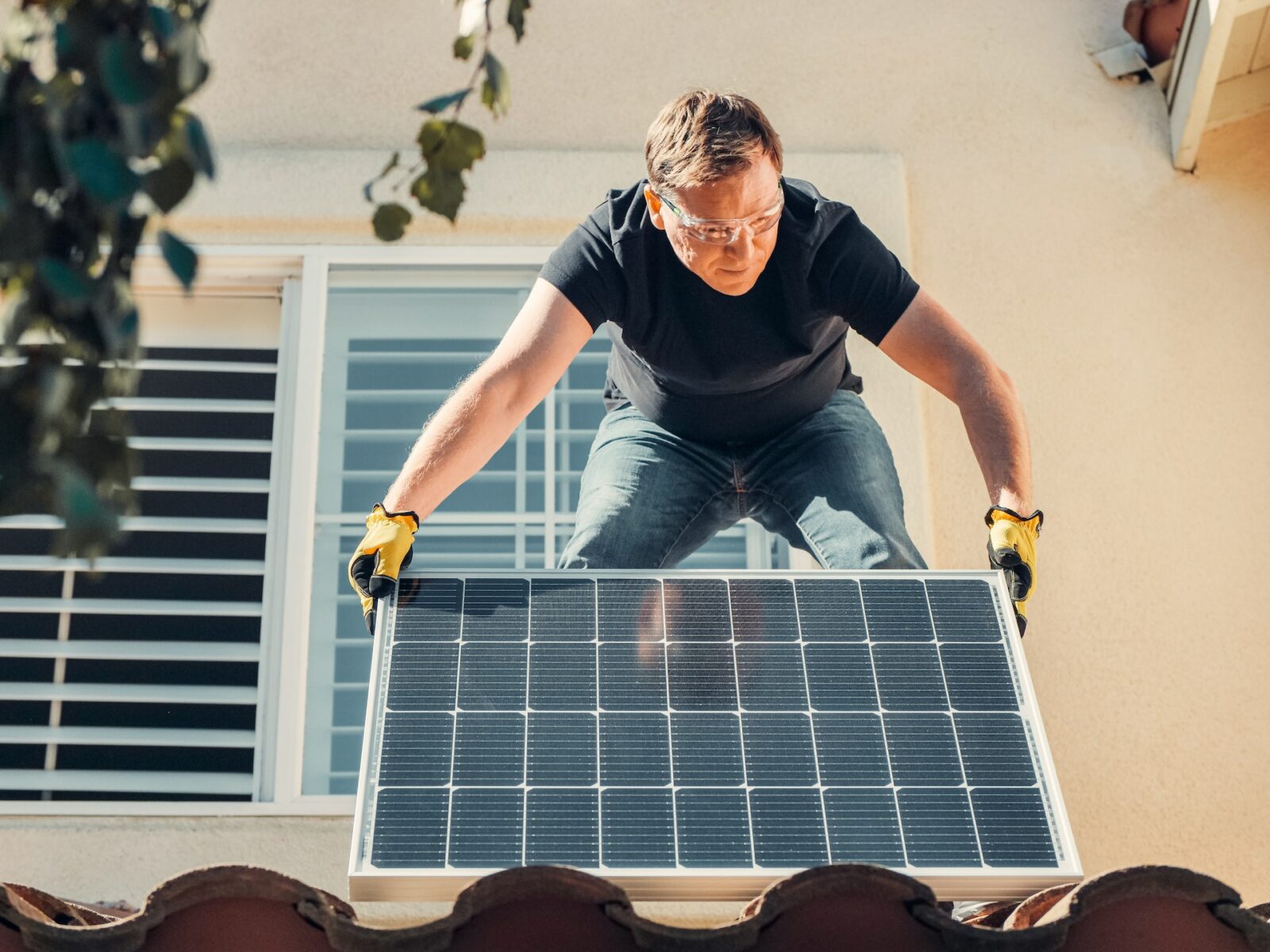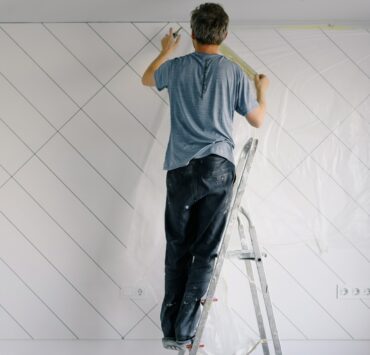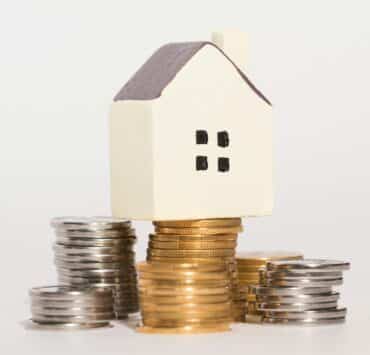In this modern day and age, there is a growing emphasis on energy efficiency. The National Post reported that homeowners are well aware of this trend and have made it a priority to incorporate more energy-efficient solutions in their home renovations. With that said, as homeowners, we really should opt for more sustainable living with the use of green technology. Fortunately, energy conservation is a significant and top priority for many. Green technology is widely available and accessible to anybody looking to amp up their energy efficiency efforts. In this article, we will discuss some of the top energy-efficient home technologies that you can incorporate into your home to save energy and reduce your carbon footprint.
Prioritize Energy Efficient Appliances
When shopping for appliances, prioritize energy efficiency by seeking out the Energy Star label. This label signifies that the appliance meets or exceeds the government’s standards for energy efficiency. Energy-efficient appliances consume less energy, which can translate to noticeable savings on your energy bills over time.
Install Smart Thermostats
Installing a smart thermostat system in your home is a fantastic way to customize your heating and cooling preferences within your home. Think of it as technology for indoor climate control. With smart thermostats, you can create dynamic settings with a simple push of a button from a tablet or smartphone.
While an investment, smart thermostats save on your electric bill and are more energy efficient because they learn how to manage the climate in your home accordingly. For instance, these thermostats can automatically lower the temperature during the day when it’s warmer, and gradually increase the temperature as the sun sets. They can also detect when you’re away from your home and adjust the temperature accordingly.
Unlike more traditional aircon and heaters, smart thermostats optimize the temperature. This inherently reduces energy consumption as your home doesn’t have to counter larger variations in temperature.
Install Energy-Efficient Windows
Energy efficient windows are windows made from a combination of materials that are specifically designed to regulate heat transfer. Installing them in your home maintains a steady temperature without using energy from indoor heating and cooling. Having these windows means they keep in warmth when it’s cold outside and keep out warmth when it’s hot.
Opting for energy-efficient windows saves your electric bill from spiking up due to energy consumption going to excessive heating and cooling
Upgrade To LED Lighting
One of the simplest and most affordable ways you can make your home more energy efficient is by switching over to LED lighting. We suggest making it a habit to purchase LED light bulbs once your old fluorescent ones have died out. This way, you don’t waste money on throwing away working light bulbs in place of LED ones. Slowly incorporate LED lights as soon as you need a light replaced.
The beauty about LED lights is they consume less energy and have a much longer lifespan. This saves you money in the long run. Additionally, LED lights are widely available. They come in countless styles making them a versatile and eco-friendly choice that will match any aesthetic. Unlike their fluorescent bulb counterparts, LED lights give more while using less.
Invest In Solar Panels
Making the switch to solar panels is a worthwhile investment when it comes to energy efficient home technologies. You can opt to have a fully or partially solar powered household. Either way, you end up reducing your carbon footprint, your reliance on non-renewable energy sources, and you reduce your electric bill. It’s a win-win for any homeowner.
Solar Panel technology works by converting sunlight into usable electricity to power your home. If you live in a sunny climate, solar panels can be your main power source. There are many providers out there who can help assess your homes ‘solar potential. If you do decide to invest in solar panels, providers make it easy for home owners to seamlessly install and incorporate it into your home.
Go For Heat Pumps
Heat pumps are an energy-efficient and environmentally-friendly device for heating and cooling your home. Rather than generating heat like traditional heating and cooling systems, heat pumps use outdoor air. The outdoor air, taken from outside or underground, is moved into your home.
By transferring heat rather than creating it, heat pumps consume much less energy and are highly efficient. This in turn gives homeowners a much lower electric bill because energy is spent on moving heat instead of creating it. In addition to energy savings, heat pumps also offer year-round comfort for your home. They can provide both heating and cooling, making them a versatile option for any climate.
Tankless Water Heaters
If you have the option to choose between a traditional water heater with a tank or a tankless water heater, go for the tankless water heater. Unlike traditional water heating tanks where you have to wait for the water to heat up, tankless water heaters heat water instantaneously. Where a water heater tank heats up an entire tank, tankless water heaters heat water on demand. This means that energy used up heating water is more efficient because tankless water heaters only heat as much water is used. Unlike a tank filled with water that cools down after it has been heated, you use up much less space and energy with a tankless water heater.
As you may have guessed, this can quickly result in significant energy saving for homeowners. As soon as you can, make the switch to a tankless water heater. You get hot water on demand in much less time and using much less energy.
As touched on earlier, energy efficient solutions are a priority all homeowners should undertake. A more sustainable way of living with energy efficient home technologies doesn’t have to be an all or nothing effort to make a difference. Incorporating them when you’re ready and able will eventually lead up to an energy efficient household.
Related posts:
 Affordable Rental Provider Repays $710K to Arlington County
Affordable Rental Provider Repays $710K to Arlington County
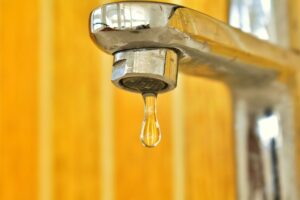 Reduce Your Environmental Footprint: Simple Water Conservation Tips for Your Home
Reduce Your Environmental Footprint: Simple Water Conservation Tips for Your Home
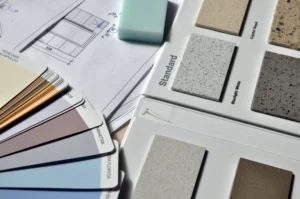 The Power Of Home Renovation On Your Mental Health
The Power Of Home Renovation On Your Mental Health
 Roof Collapse at Florida School Blamed on Construction Material, Officials Report
Roof Collapse at Florida School Blamed on Construction Material, Officials Report
 Europe’s Housing Market Squeezed Amidst Cost-of-Living Crisis
Europe’s Housing Market Squeezed Amidst Cost-of-Living Crisis
